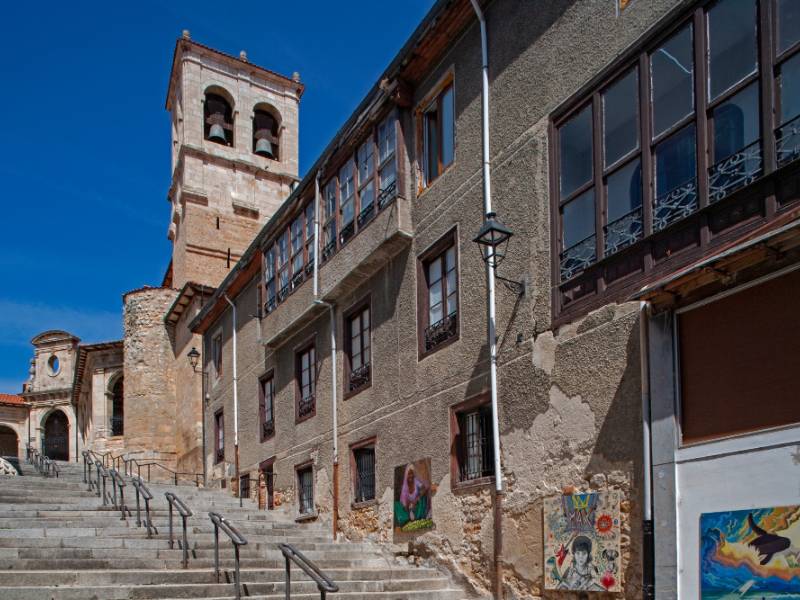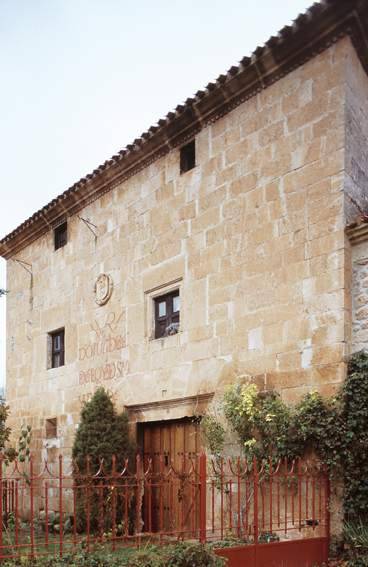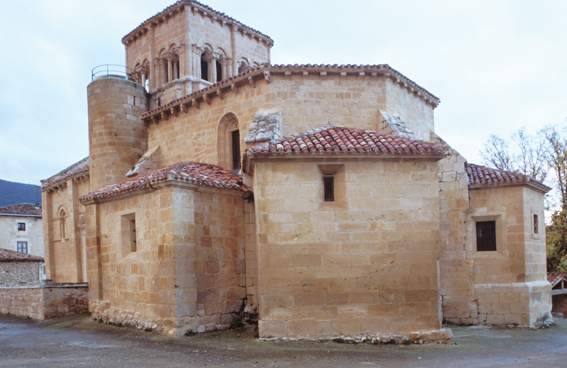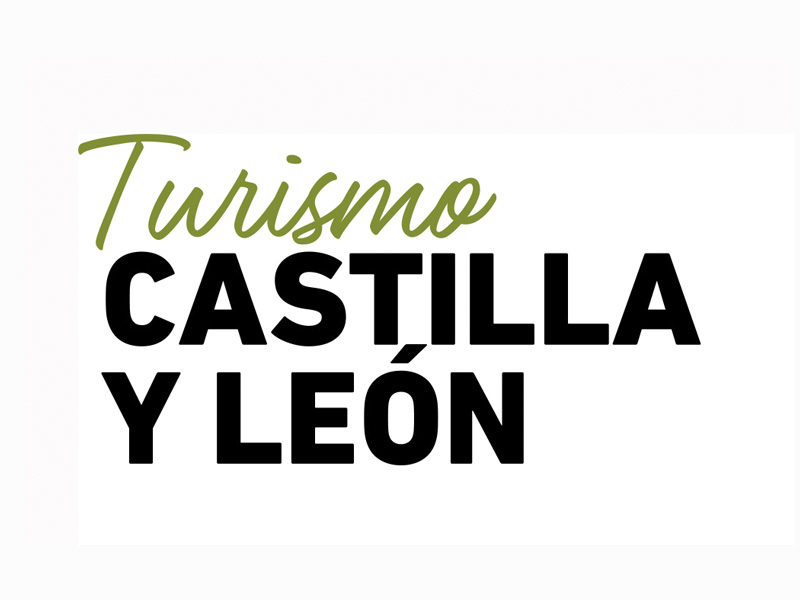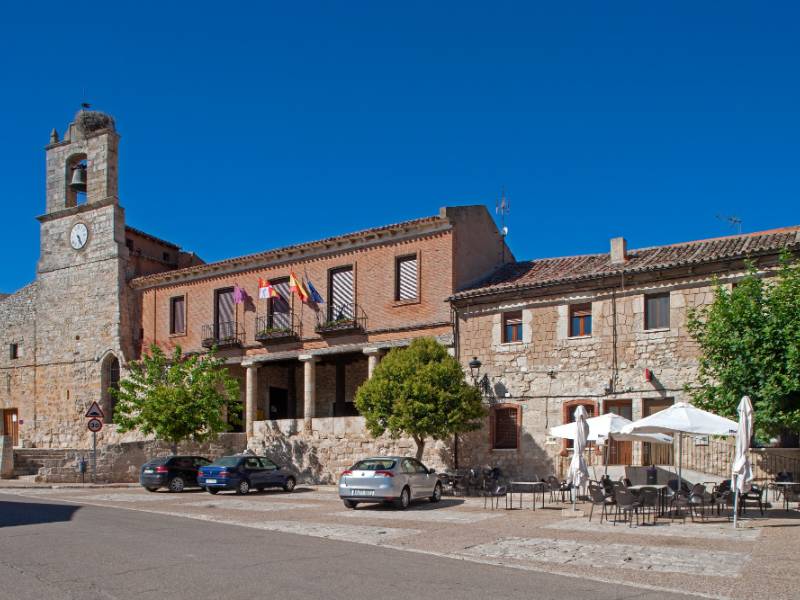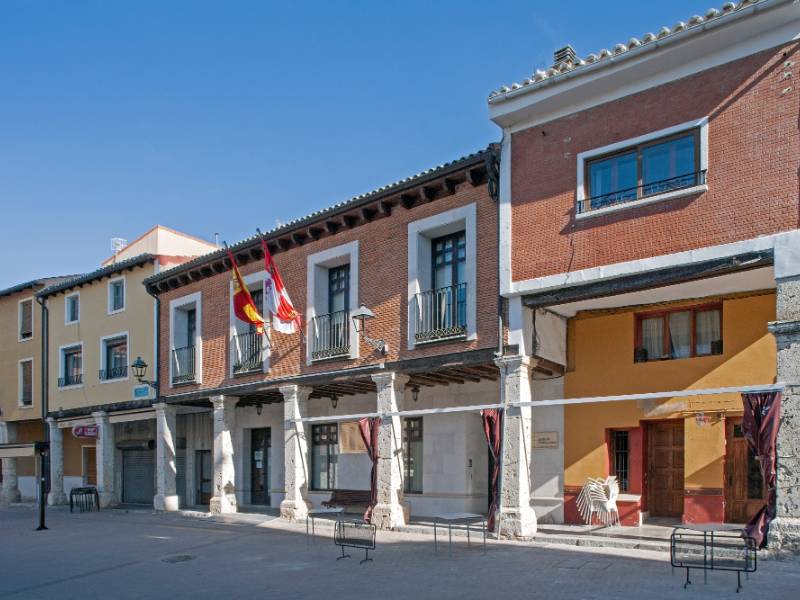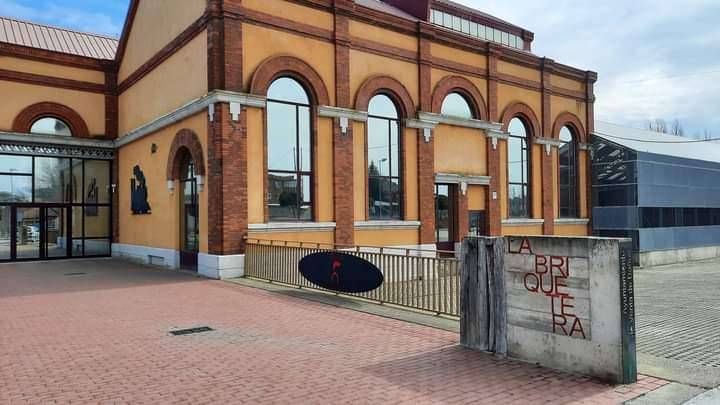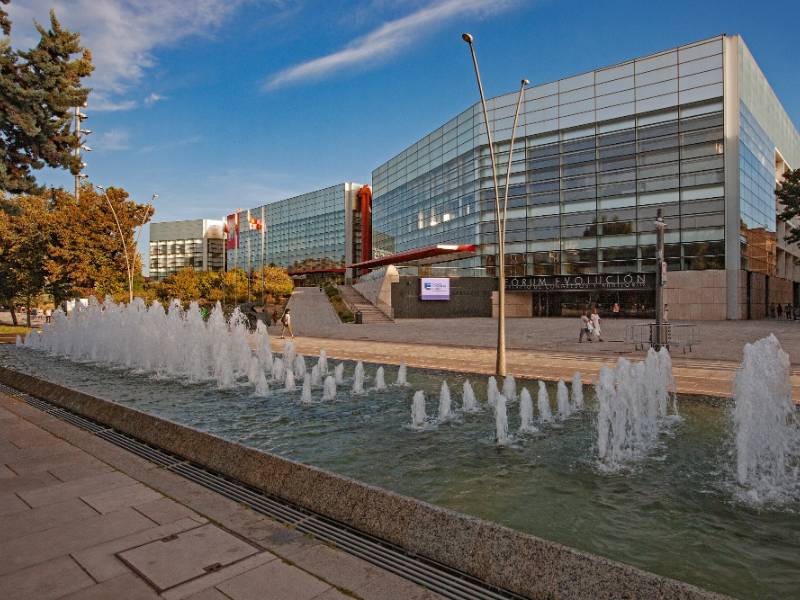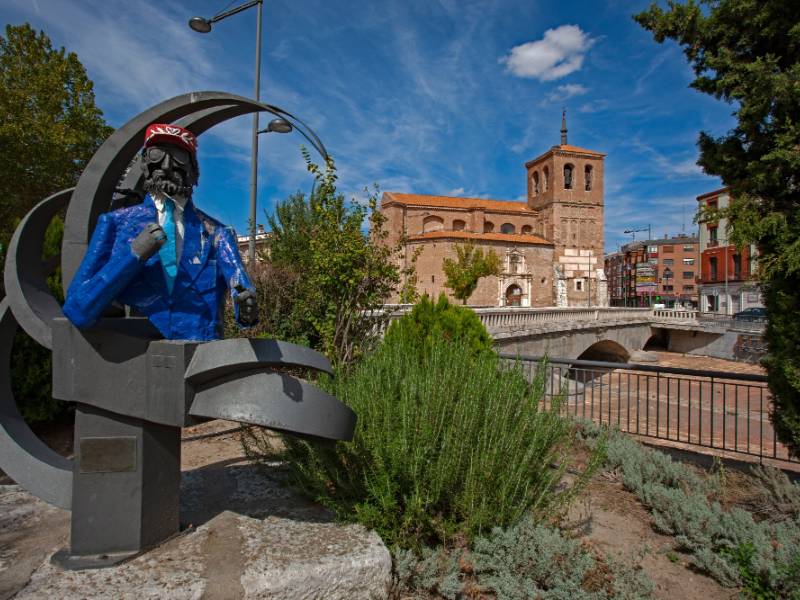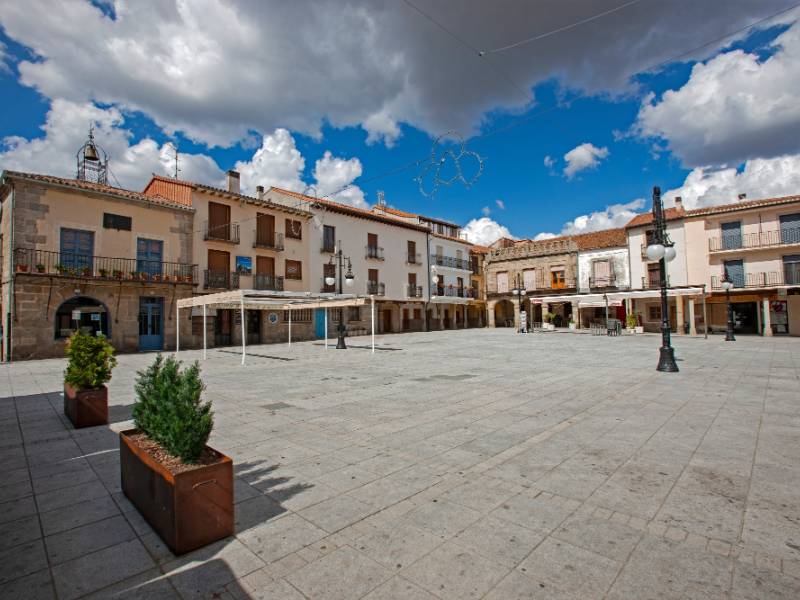Carlos V Route - Barco de Avila
- Route Data
- Ascent slope
- 1004 m.
- Previous
During his last days in Castilla y Leon, around the 10th of November 1556, the Emperor crossed the lands of Barco de Avila. This marked the last of Carlos V's stops in Castilla y Leon during his journey. It represents the Emperor's last journey on his way to his retreat, the Monasterio de Yuste, where he died on the 21th of September, 1558.
Reference to content
What to see?
 Castle of ValdecornejaMore information
Castle of ValdecornejaMore informationIt has a strategic location, overlooking the river and the bridge from the highest vantage point in the valley.Built on an ancient castro (vernacular structure) in the 12th century and rebuilt between...
 Major Church of the Asuncion de Nuestra SeñoraMore information
Major Church of the Asuncion de Nuestra SeñoraMore informationLarge 12th-century church, with thick walls and naves of equal height. It contains a remarkable series of paintings and sculptures, as well as the grid of the presbytery.Most of the church was built in...
 El Barco de ÁvilaMore information
El Barco de ÁvilaMore informationNestled in the spectacular Sierra de Gredos and on the banks of the Tormes River, the Barco de Avila falls in love at first sight. History is palpable in its lively streets and squares, filled with an...
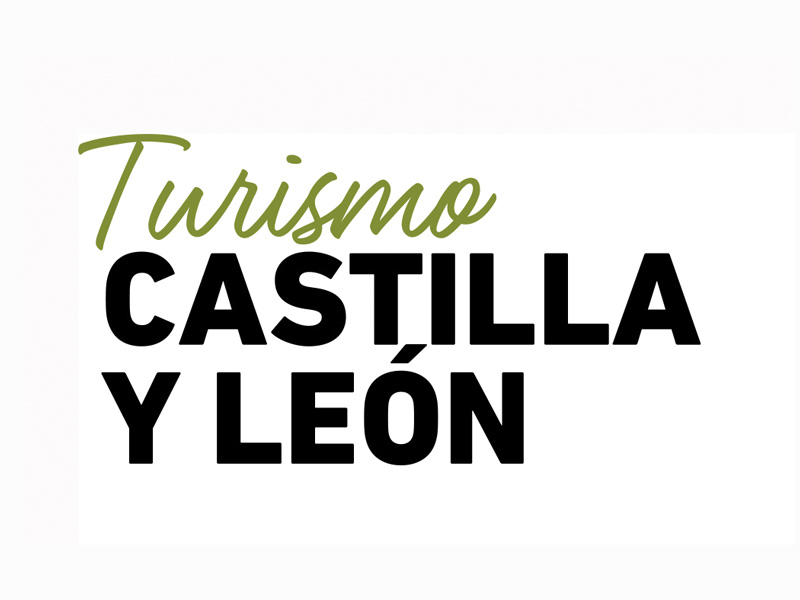 Parish Museum of Nuestra Señora de la AsuncionMore information
Parish Museum of Nuestra Señora de la AsuncionMore informationConsists of the sacristy and two rooms, with a Gothic staircase.Religious art: painting, fourteenth to seventeenth century sculptures, fifteenth to nineteenth century gold and silverware, ornaments and...
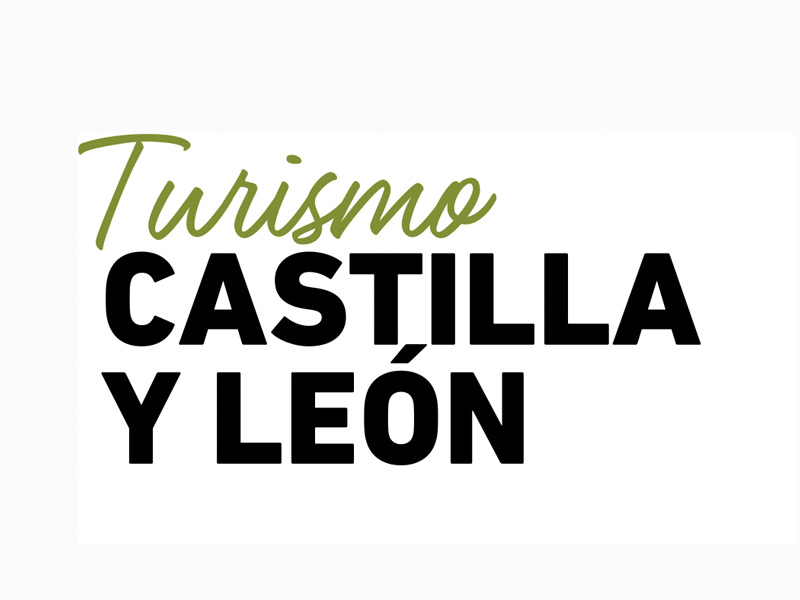 House of the BalconesMore information
House of the BalconesMore informationOld house of the inquisition. It is called the house of balconies because it was the first in the town with balconies. It has a façade typical of the houses of the early 15th century with round arched...
 House of the ClockMore information
House of the ClockMore informationOld town hall demolished in the 18th century and rebuilt with stone walls and Castilian masonry work. On the balcony the clock of the town was placed along with the small metal tower which houses the bell....
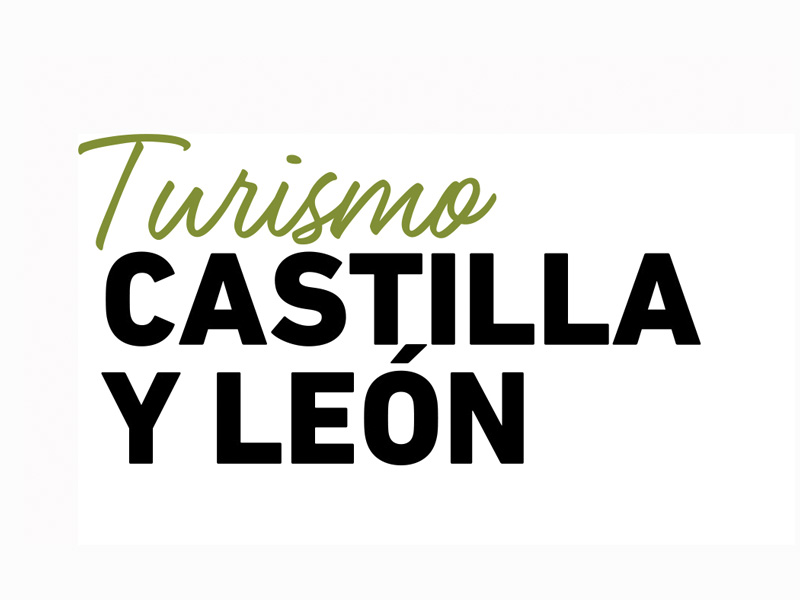 Walls of El Barco de AvilaMore information
Walls of El Barco de AvilaMore informationFormerly, the walls started from the castle and surrounded the old town. Their current layout is from the XII century; they were built by M. Ramon de Borgoña, with pentagonal floor, and only remains standing...

